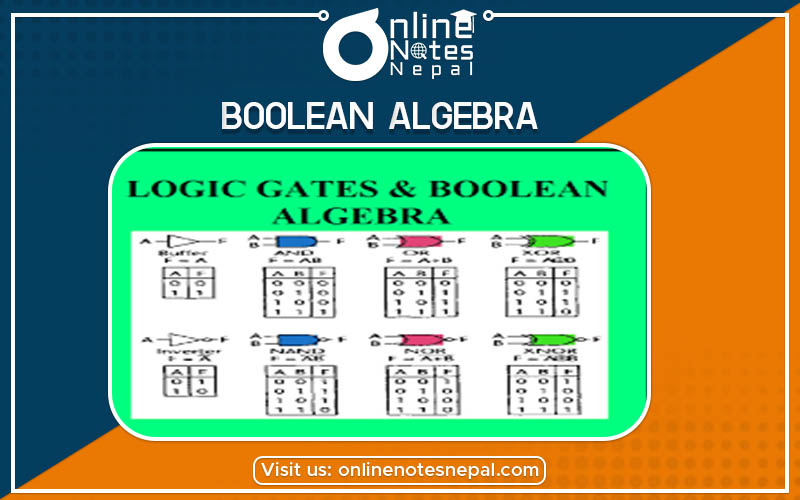Published by: Nuru
Published date: 23 Jun 2021

A Boolean algebra is a mathematical structure that is similar to a Boolean ring, but that is defined using the meet and join operators instead of the usual addition and multiplication operators. Explicitly, it is a partial order on subsets defined by inclusion (Skiena 1990, p. 207), i.e., it is the set of subsets that can be obtained by means of a finite number of the set operations union (OR), intersection (AND), and complementation (NOT) (Comtet 1974, p. 185). Boolean algebra also forms a lattice (Skiena 1990, p. 170), and each of the elements is called a Boolean function.
In 1938, Shannon proved that a two-valued Boolean algebra (whose members are most commonly denoted 0 and 1, or false and true) can describe the operation of two-valued electrical switching circuits. In modern times, Boolean algebra and Boolean functions are therefore indispensable in the design of computer chips and integrated circuits.
In other words, it is the method of expressing logic in a mathematical context. It is the form of symbolic logic in which variables have only the values true(1) or false(0). The relationship between the two values is expressed by the boolean operators. AND, OR, and NOT. It is used to solve and minimize the logic equation.
In summary, we can write that Boolean Algebra is;
Boolean Algebra is an algebraic structure defined on a set of elements B(Boolean system) together with two binary operators + (OR) and . (AND) and unary operator ' (NOT), provide the following postulates are satisfied.
P1--> Closure: Boolean Algebra is closed under the AND, OR, and NOT operations.
P2--> Commutative: The . and + operators are commutative.
i.e. x+y=y+x and x.y=y.x
P3--> Distribution: . and + are distributive with respect to one another.
i.e. x.(y+z)=(x.y)+(x.z)
x+(y.z)=(x+y).(x+z), for all x,y,z belongs to B.
P4--> Identity: The identity element with respect to . is 1 and + is 0
i.e. x+0=0+x=x and x.1=1.x=x. There is no identity element with respect logical NOT.
P5--> Inverse: For every value x there exists a value x' such that x.x'=0 and x+x'=1. This value is a logical complement (or NOT) of x.